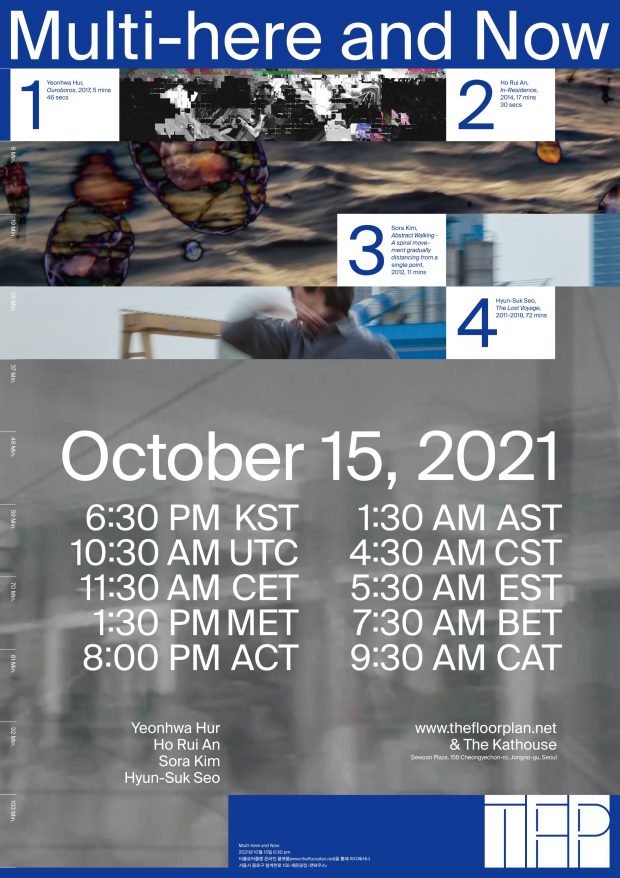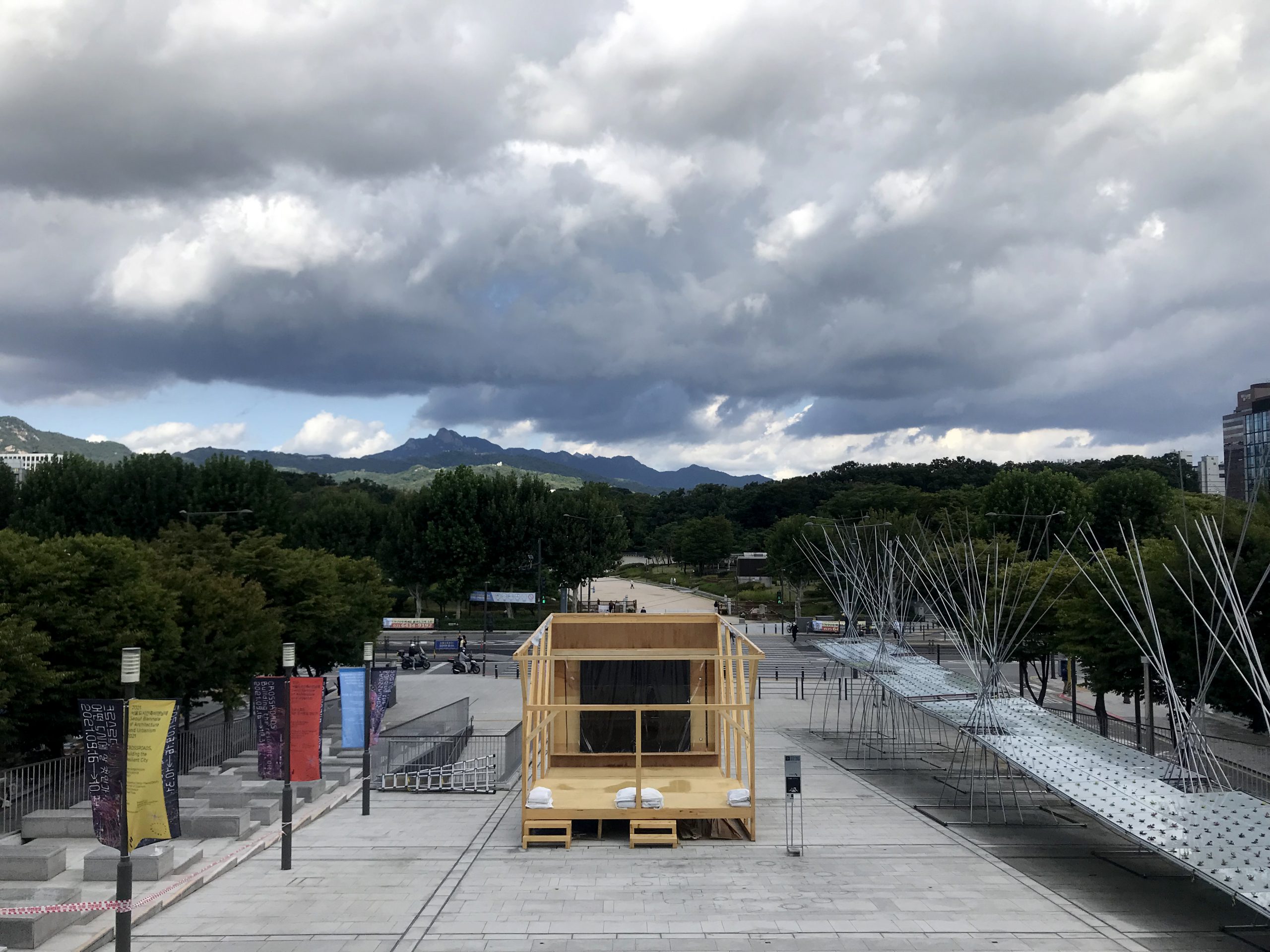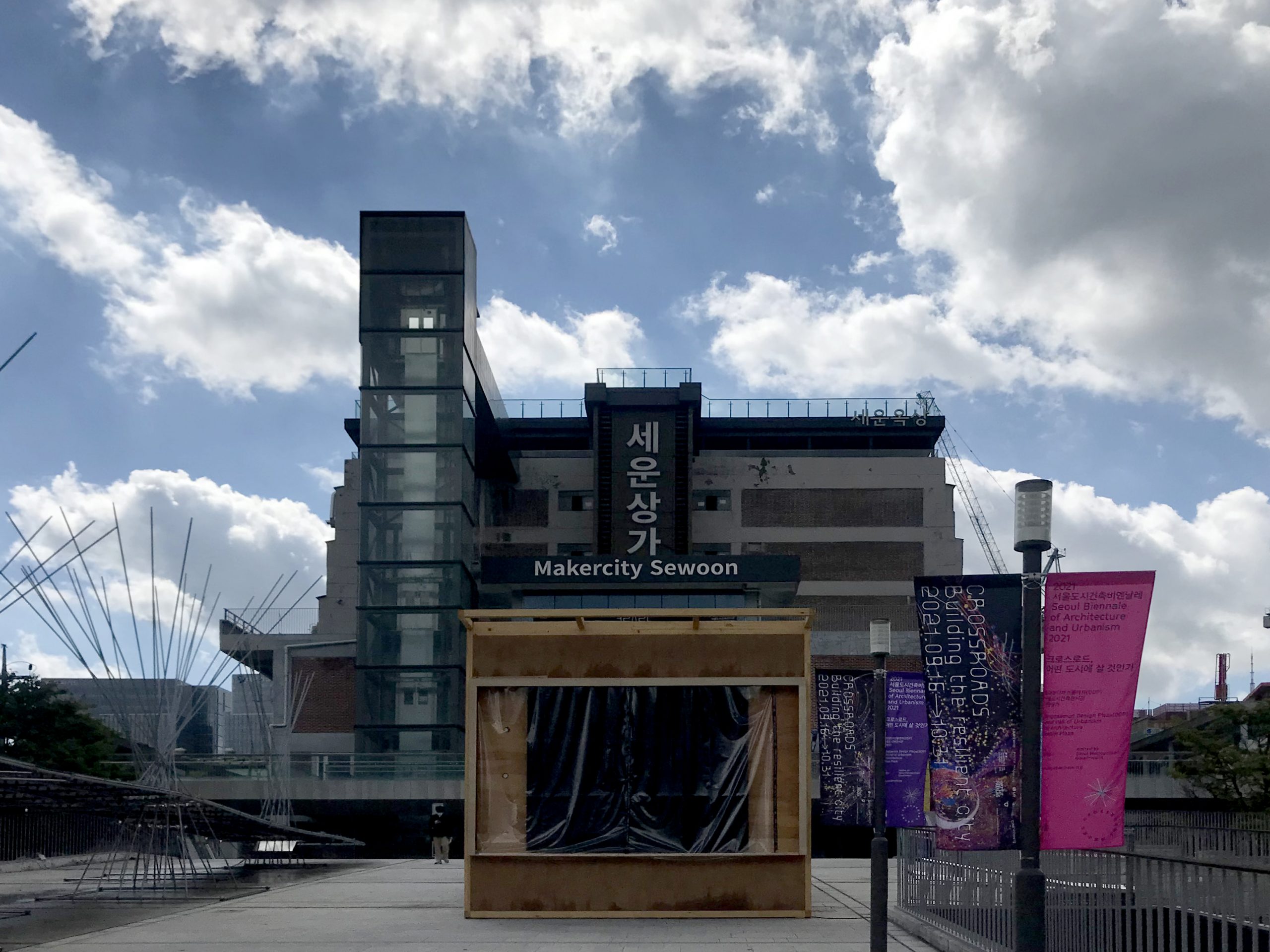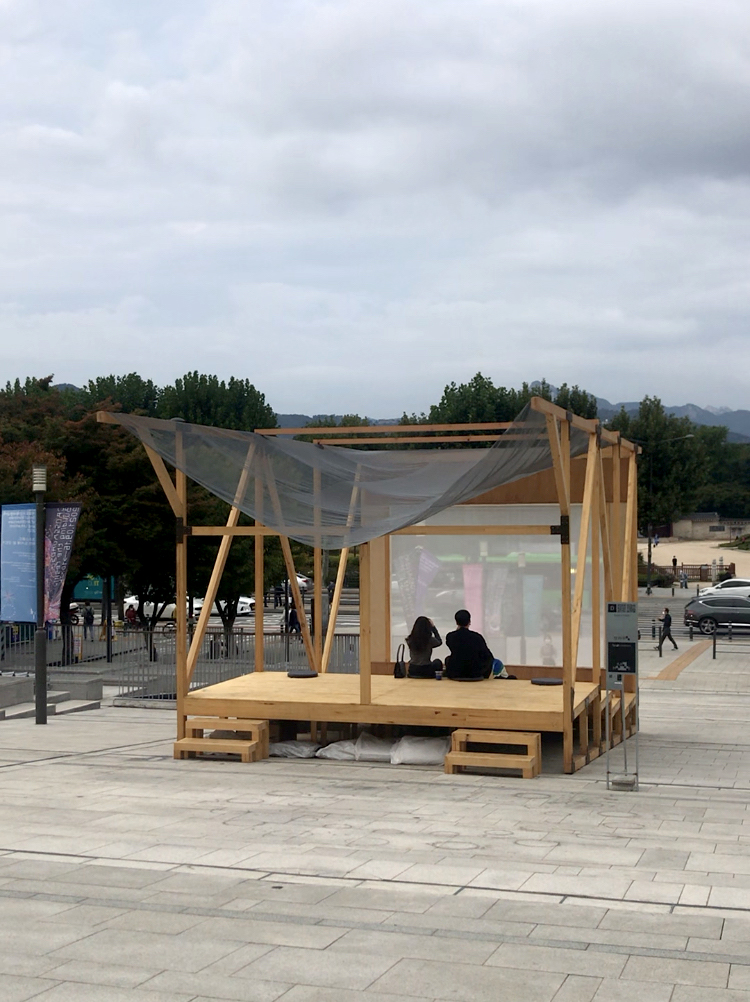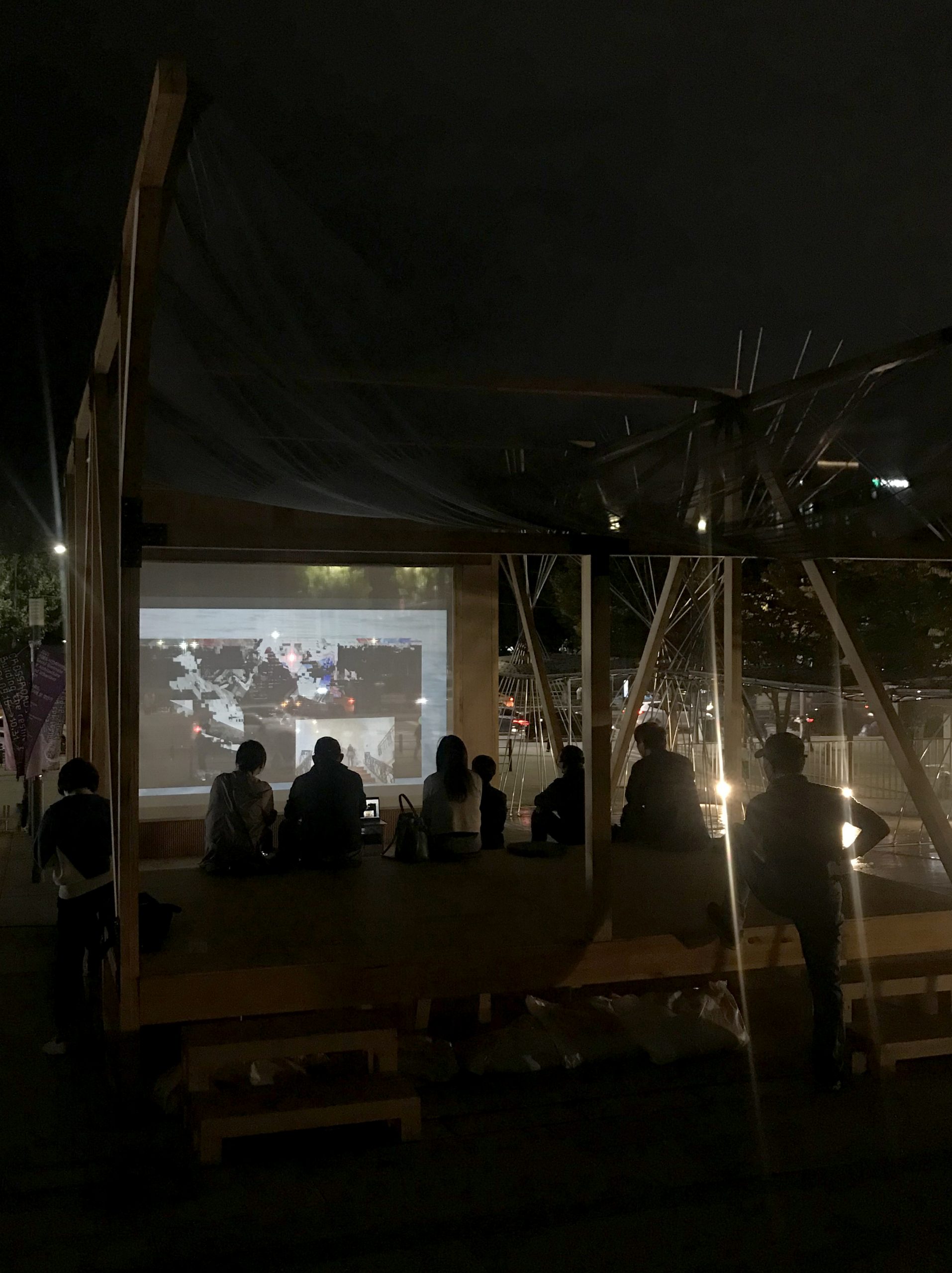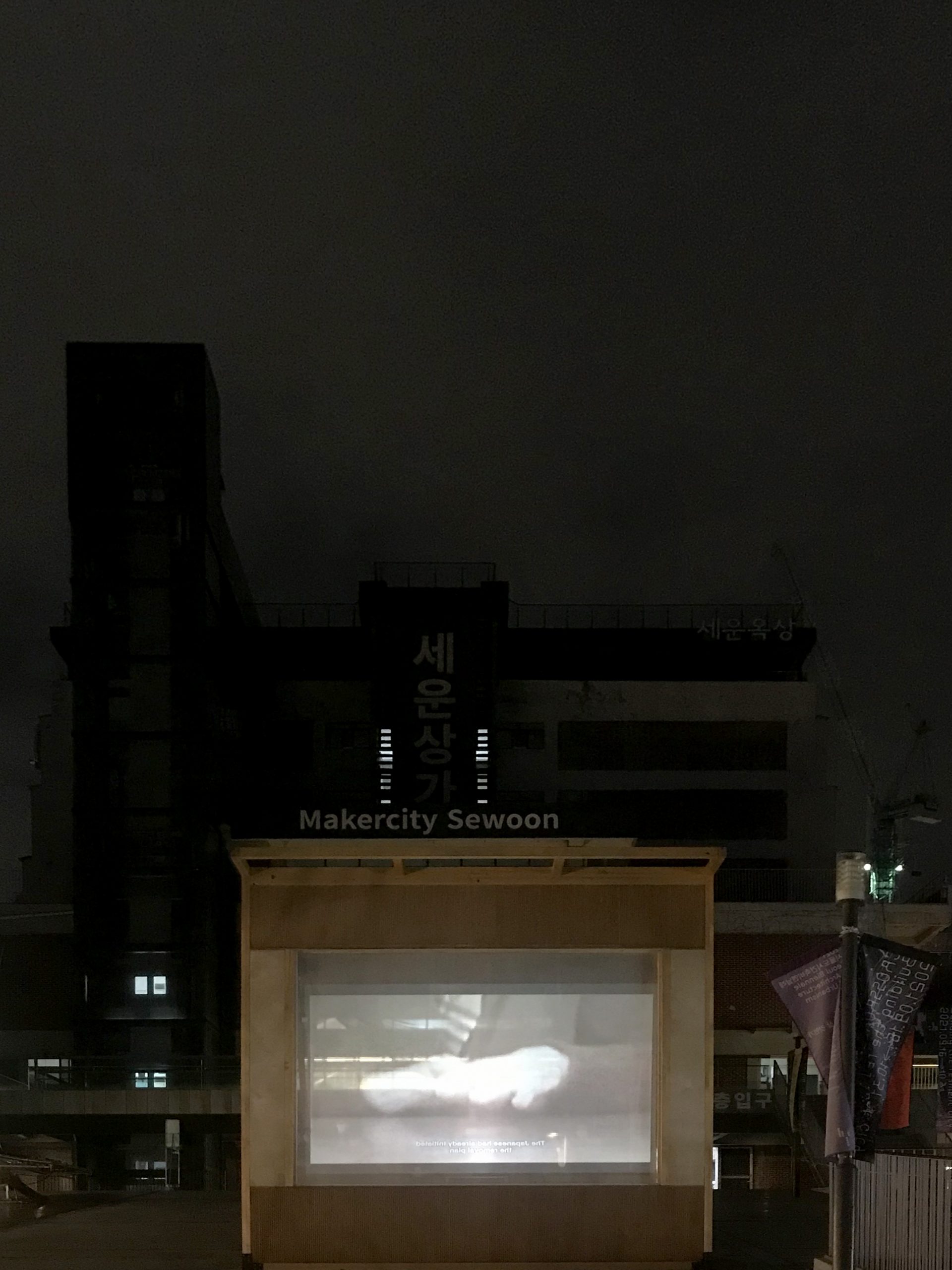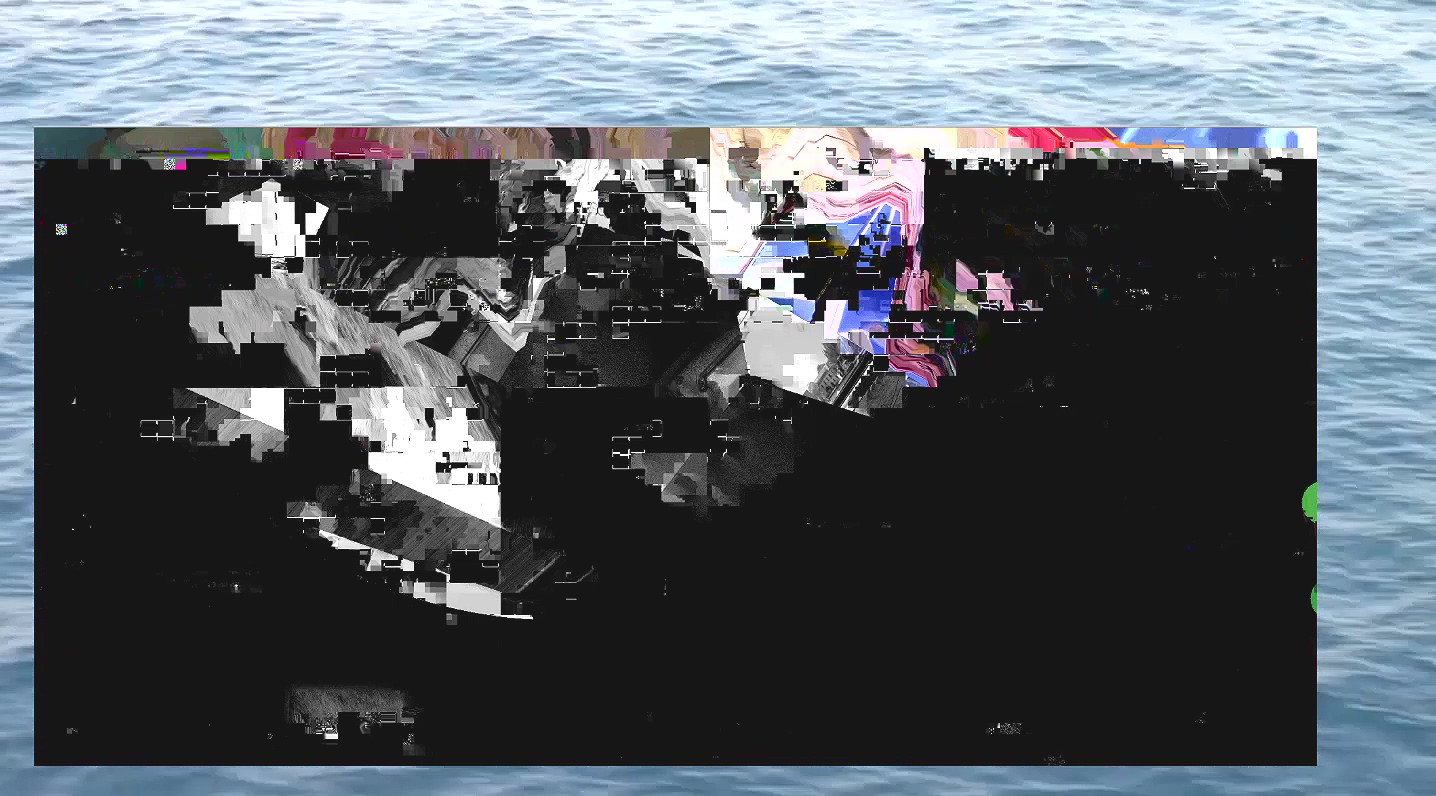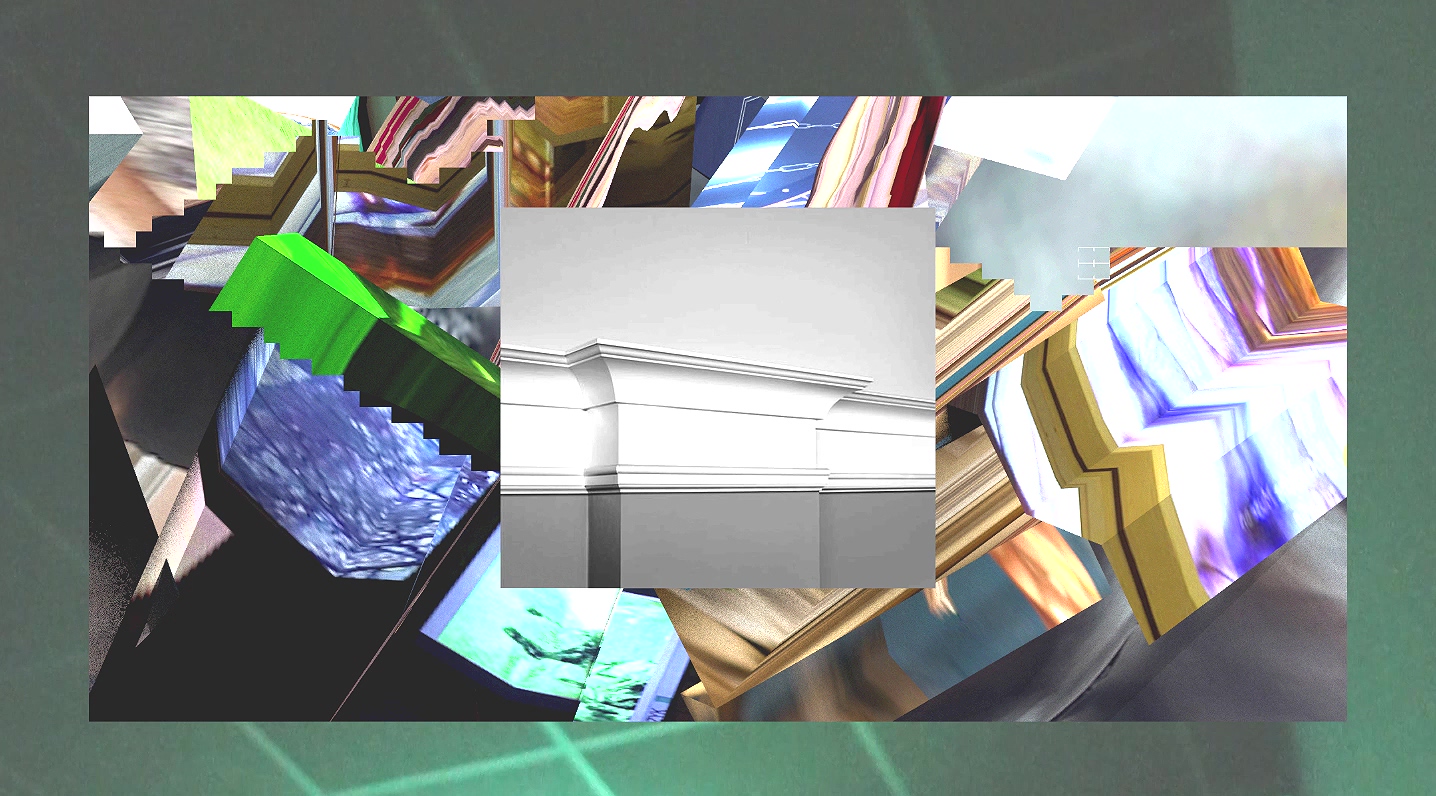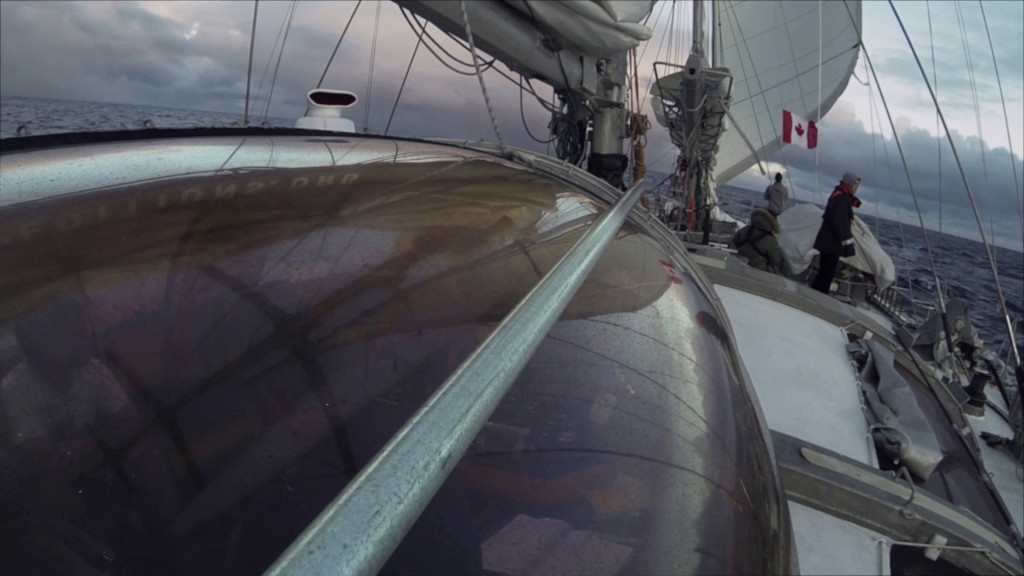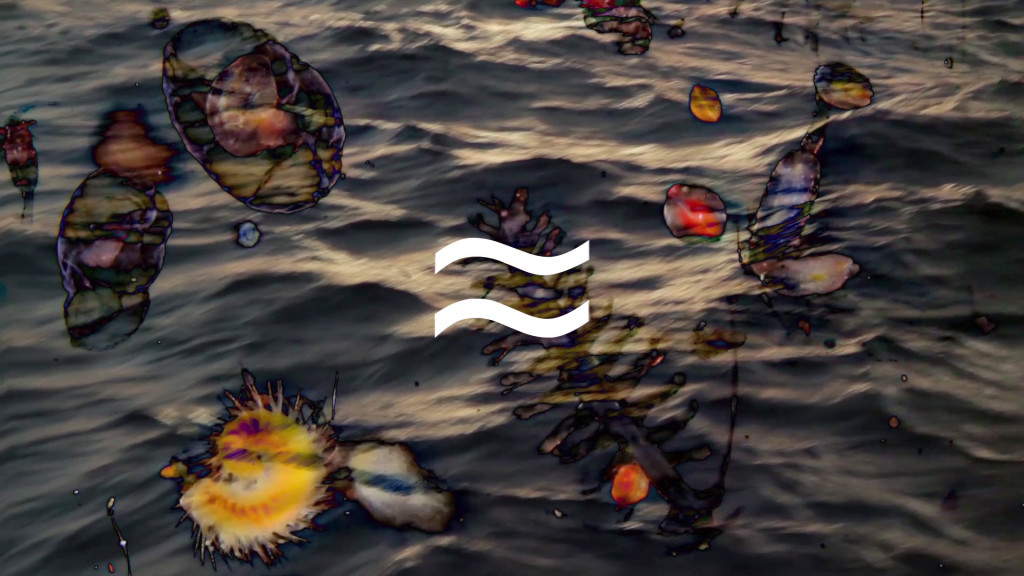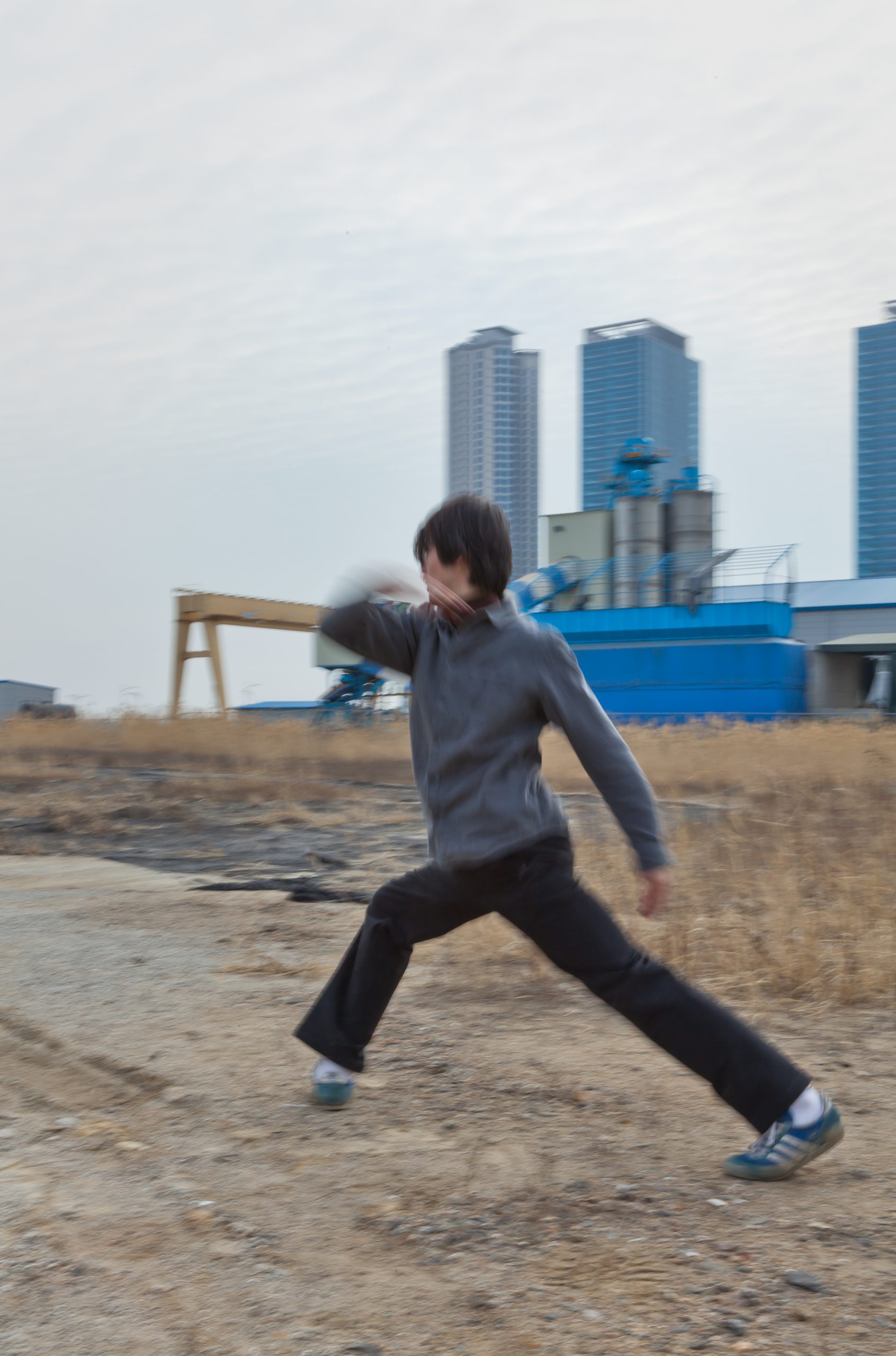Multi-here and Now
October 15, 2021, 6:30 pm KST
http://thefloorplan.net
& the Kathouse
Yeonhwa Hur, Ouroboros, 2017, 5 mins 46 secs
Ho Rui An, In-Residence, 2014, 17 mins 30 secs
Sora Kim, Abstract Walking – A spiral movement gradually distancing from a single point, 2012, 11 mins
Hyun-Suk Seo, The Lost Voyage, 2011-2018, 72 mins
Curated by Hyunjoo Byeon
Poster designed by Dokho Shin
Here and Now. Exhibitions have long been concerned to present artworks in a certain space and time, often manifested as ‘here and now’. With the emergence of online and metaverse exhibitions, however, the concept of space and time for an exhibition is drastically expanded and we have become to experience art at multiple ‘here and now’.
Highlighting the ways in which we transcend different spaces, Multi-here and Now suggest sharing the same ‘now’ to connect with each other when we see, hear, feel and interact with the artworks. Through the one-off screening on the Floorplan’s online platform, the viewer experiences the artworks and be gathered at the same ‘now’ yet ‘multi-here’; simultaneously, as a gesture of linking online to offline, the online screening is also projected at the Kathouse, created by the Obra Architects for gathering, as part of Live Projects, Seoul Biennale of Architecture and Urbanism 2021.
While Multi-here and Now uses limited time as a tactic for reimagining the notion of space for art, the presented artworks reconfigure, visualize, and examine the artists’ ideas about space beyond the linear time structure. In an attempt to overcome the limit of physical space given to the artist, Yeonhwa Hur perceives spaces as flexible and folds, unfolds, and often penetrates them like liquid. In Ouroboros (2017), which means an ancient symbol depicting a serpent eating its own tail, she represents how different spaces and times are connected and circulated, be it either virtual or real, by organically folding, unfolding, overlapping, and accumulating images. Meanwhile, in In-Residence (2014), Ho Rui An explores the different temporalities while being ‘in-residence’ onboard a transatlantic vessel for a scientific expedition. Contrasting the state with a world constantly in motion, the work crosses various times and spaces with the narration referenced from two fictional characters, Percival from Virginia Woolf’s The Waves and Mr. Palomar from Italo Calvino’s novel: representing the continuity of being like continuous waves and the figure who contemplates everything around us. Sora Kim explores space by adopting the action of walking, a simple yet fundamental way of physical displacement. In Abstract Walking – A spiral movement gradually distancing from a single point (2012), it becomes a metaphysical technique encompassing the aspects of undefined and dynamic features in our lives and traversing the tangible spatial and temporal territory. Performed by choreographer Youngdoo Jeong, the work describes a walk in between form and abstraction which is towards a disappearing point by using movement beyond language, while inviting the viewer to experience abstraction that would open up endless possibilities. The latest version of The Lost Voyage (2011-2018) by Hyun-Suk Seo, which has been transformed like Sewoon arcade, looks into its history designed by architect Swoo Geun Kim during the dictatorship years, a symbol of the ambitious modernization and redevelopment. Since 1968, the place has accumulated various stories, having been the most modernized building, a black market for pirate vinyl records and pornography, and a hub of master craftsmen, and so on. Also, it connects to the viewer at the multi-here with the space of the Kathouse, which is located in the plaza of Sewoon arcade.
By interweaving multiple here with the same now, Multi-here and Now varies the established notion of ‘here and now’ for experiencing art and seeks possibilities of connectivity beyond the parameters of space and time. Even if we are bonded where we are mapped as Katherine Hayles stated, “in fact, we are never disembodied… we can see, hear, feel and interact with virtual worlds only because we are embodied,”* our minds can transcend different spaces, times, and ideas and conceive the ways in which we navigate in art.
* Katherine Hayles. 1995. “Embodied Virtuality: Or How to Put Bodies Back into the Picture.” In Mary Ann Moser and Doug McCleod, eds., Immersed in Technology: Art and Virtual Environments. Cambridge, Mass.: MIT Press.
Yeonhwa Hur attempts to overcome the size of limited space given to her through the landscape she creates inspired by everyday life. By using sculpture, installation, and painting, the artist visualizes her interest in bodies and fluid substances such as water, which signifies the environment where physical limitations have been resolved. Her recent exhibitions include the solo exhibition Floating People (Post Territory Ujeongguk, 2021) and World on the Move: Shortened vs. Extended (Insa Art Space, 2021), a group show for the September issue of Monthly Insa Art Space.
Ho Rui An is an artist and writer working in the intersections of contemporary art, cinema, performance, and theory. Working primarily across the mediums of lecture, essay, and film, he probes into the ways by which images are produced, circulate and disappear within contexts of globalism and governance. He has presented projects at the Bangkok Art Biennale (2020), Asian Art Biennial (2019), Gwangju Biennale (2018), Jakarta Biennale (2017), Sharjah Biennial (2017), Van Abbemuseum (Eindhoven, 2018), Haus der Kulturen der Welt (Berlin, 2017), NTU Centre for Contemporary Art (Singapore, 2017) as well as in his recent solo exhibition The End of a Long Boom (Kunsthalle Wien, 2021).
Sora Kim’s work is a map of floating movement, language, and illusion captured as an aspect, and also the trajectory of a ball thrown in all directions. The artist offers clues composed of a minimal amount of language to her collaborators in the position of an observer and then collects the processes of their interpretations. Starting from such undetermined clues, the results are united for a while but soon scattered in the form of sound, installation, or performance beyond language. Her work is everything yet nothing at the same time, revealing the world’s invisible possibilities and its weight of almost zero. Her recent major solo exhibitions include Walk Strangely, Stay Strangely (Time Museum, Guangzhou, 2018); Song from knee to chin (Museum of Modern and Contemporary Art, Gwacheon, 2016); 2,3 – A Project by Sora Kim (Korean Cultural Centre UK, London, 2015); Three Foot Walking (Kunsthal Charlottenborg, Copenhagen, 2013); Abstract Walking (Art Sonje Center, Seoul, 2012); and ___ (Atelier Hermes, Seoul, 2010).
Hyun-Suk Seo examines space and sensible experience by using media such as video, performance, and writing. He investigates the formats questioning the boundary between artwork and its experience through site-specific performance and exhibition; meanwhile, he creates videos that explore the relationship between the formation of nations in Asia and modern architecture in the 20th century, the time of transition. His work has been internationally presented at various shows including Performing Arts 2021: Multiverse (Museum of Modern and Contemporary Art, Seoul, 2021), Solidarity Spores (Asia Culture Center, Gwangju, 2020), 2019 Titlematch: Gimhongsok vs.SEO Hyun-Suk (Buk-Seoul Museum of Art, Seoul, 2019), Gwangju Biennale (2018), and the Korean Pavilion of Venice Architecture Biennale (2018), and his co-authored books include Future Art (2016) and Horror to the Extreme: Changing Boundaries in Asian Cinema (2009). He is also a co-editor of Ob.scene, the magazine on interdisciplinary arts. Seo is a professor at Yonsei University Graduate School of Communications and Arts.
